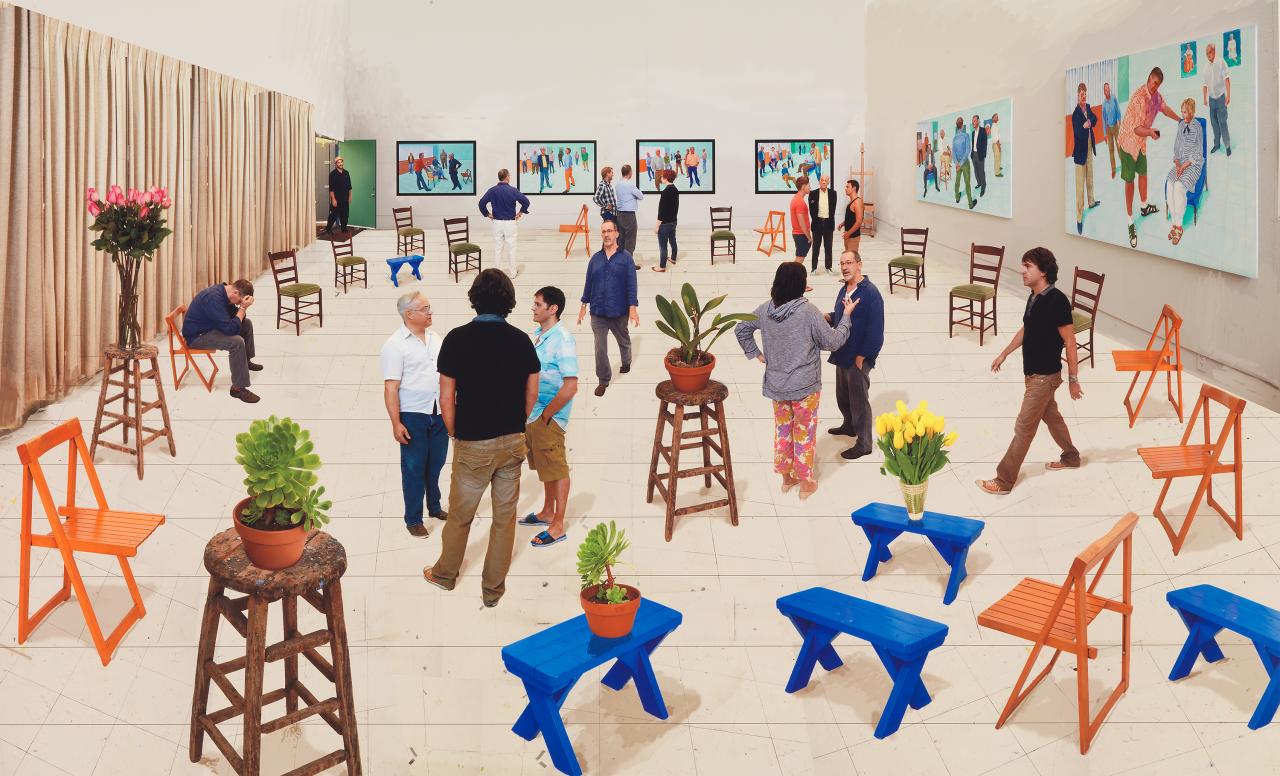A History of Pictures
David Hockney and Martin Gayford
More books on Art
Mickey Mouse and Donald Duck the most famous movie stars of 30s and 40s. You might think of Clark Gable and Greta Garbo, but MM and DD are still around today.
Auction prices are so high bc after you have a roof and food, all you can buy is beauty.
Painted colour will last lot longer than printed colour bc of the pigments. In HQ oil paint get more pigment. Mark Rothko's paintings have faded. Many of Andy Warhol's screenprints have faded, bc he used screenprinting inks. Many British paintings from mid-century have darkened bc used cheap paint, or faded bc they used house paint.
Photography invented in early C19, but the camera had been around for centuries before. The likely use of a camera obscura responsible for the dramatic change in paintings in early C15 with richly ddetailed and 3D images. In 1807 a patent for camera lucida - a prism mounted on a stand that could project a 2D image onto a drawing. Worked in daylight, not darkness. Photography was the discovery of ways to make image permanent (ie the relevant chemicals).
Art history only became possible with the invention of photography. Made it possible to group paintings together and see where they had come from and what styles involved. Invented by the Germans, who needed to tidy things up.
Woody Allen came out against colorizing old black and white movies. Hockney said that was a conservator speaking - an artist would steal anything and colour it.
Painting has advantage of scale and colour over photographs - can be bigger and brighter.
Francis Bacon is very good, but he can't paint a pretty girl and make you think she is pretty. Picasso could.
Gericault's Raft of Medusa was brought to London to make money. 40,00 people paid 1 shilling (a lot of money in 1820) to see it. It was based on a topical subject - a shipwreck off the coats of Africa in 1816 - later it would have been a newsreel at cinema or a TV clip.
You can freezealmost any frame from a Coppola, David Lynch or Hitchcock film, and it wd be a beautiful still photo. Installation of Hitchcock's 24 Hour Psycho screened at 2 frames a second instead of 24, so takes 24 hours to watch instead of 109 minutes. Takes away the drama, leaving viewer with the magnificence of each slowly morphing shot.
Hockney's 4 Blue Stools each single figure and object photographed separately, so you need to inspect each one.

Books by Title
Books by Author
Books by Topic